Meat consumption gets ecological grilling
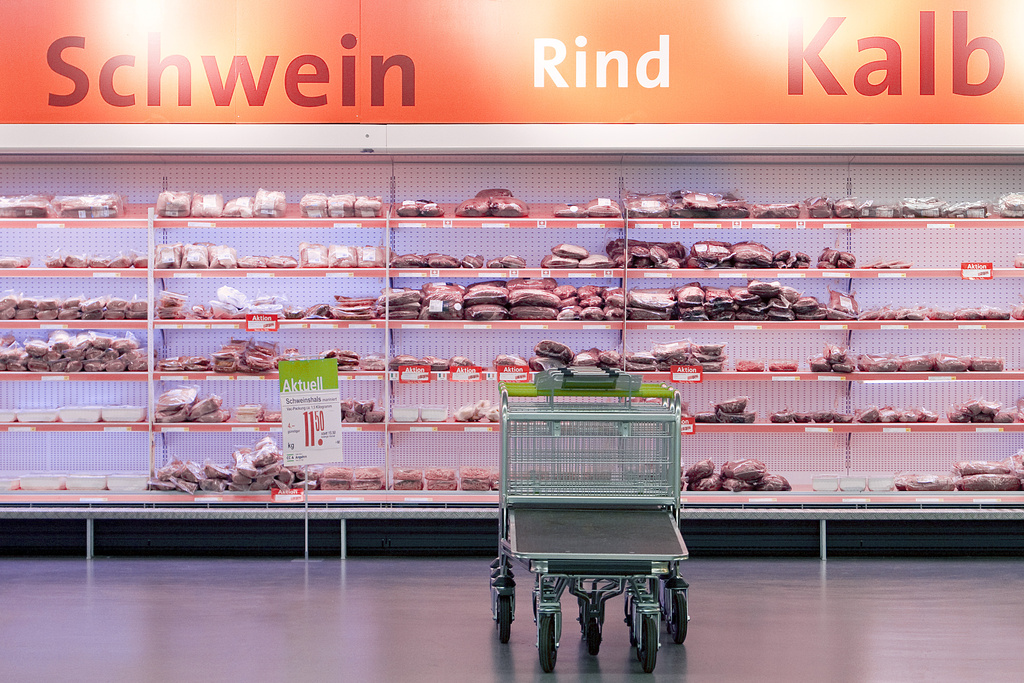
A Swiss non-governmental organisation is trying to encourage citizens to halve their meat consumption – an initiative the industry is finding hard to swallow.
In the past, health risks, ethical issues and the development of disease have been the primary arguments put forward against eating meat. More recently, opponents of eating meat have adopted saving the planet from global warming as their new mantra.
“Along with health, purity, spirituality and the refusal to kill animals, the idea of food which is adapted to the needs of the planet was one of the issues first mentioned by vegetarians 30 years ago,” according to Laurence Ossipow, an anthropologist at the School of Social Work in Geneva and author of “Food for the body and soul”.
“The ecological argument is not new but it has re-emerged in recent years as the public has become more aware of global warming. It comes on top of increased ethical questions about animals and also food crises.”
Methane pollution, a potent greenhouse gas, deforestation, devastation of food resources and fuel used to import meat and fodder are all put forward by opponents of meat as arguments for reducing consumption.
Hands off my grill
Despite calls for moderation, the Swiss love firing up the barbecue. In 2010 they consumed an average of 53.6 kilogrammes of meat per person, a record for the decade.
“Vegetarianism and the environment are a preoccupation of the affluent or middle classes,” said Ossipow.
“Consumption of meat is reduced in this category of the population but becomes more accessible for the working class, even though the debate about diet and organic produce is slowly penetrating all social classes.”
Heinrich Bucher, director of the Swiss meat industry group Proviande, says Swiss meat consumption remains less than that of other European countries.
“Meat consumption declined in the 1990s and has stagnated in the past decade,” Bucher said. “Switzerland trails behind most European countries, and is far behind countries like France or Spain.”
Meat consumption in Switzerland peaked in 1987, when consumption was twice as high as it had been in the 1950s and followed a trend in industrialised countries where higher incomes went hand in hand with increased consumption of meat products.
Brazilian soya beans
According to Proviande, 80 per cent of the meat consumed in Switzerland is locally produced.
“Two thirds of the land is not suitable for crops so without cattle, it wouldn’t be maintained,” said Bucher. “Cattle are fed with hay and straw and much of the fodder for pork comes from by-products of human consumption. These farms make sense.”
But Andrea Hüsser, of the non-governmental group Berne Declaration, which is behind the push to get the Swiss to eat less meat, does not agree.
“The reason we can produce so much meat in Switzerland is because we import 650,000 tonnes of concentrated livestock feed, which is about 40 per cent of the feed used in Switzerland,” Hüsser said.
Of that, around 28,000 tonnes is soya beans imported from Brazil, Hüsser said.
“Half of Brazil’s arable land is used for the production of soya beans. It causes deforestation, violation of land rights and forced displacement.”
Bucher said soya bean is a cheap alternative to animal proteins and essential to raising cattle in Switzerland.
“The Swiss climate is not favourable to soya and the use of animal meal was banned because of the mad cow disease crisis,” said Bucher.
“Some discussion has taken place at the European level about reintroducing animal meal in feed for pork and poultry, which could improve the situation. On the other hand, in 2004 the industry committed to a responsible, non-genetically modified soya bean culture.”
Hüsser remains unconvinced: “The consumption of soya bean will increase because starting in July using food waste to feed pigs will be banned.”
According to cattle breeders, Switzerland will need to import an additional 25,000 to 30,000 tonnes of Brazilian soya bean to compensate for loss of 100,000 tonnes of food waste that is transformed into pig feed each year.
Industry changes?
To completely stop the importation of meat and fodder, the Berne Declaration estimates the Swiss would need to reduce their consumption of meat by half, or 500 grammes of meat per person, per week.
“It’s not realistic,” said Bucher. “We can’t dictate to people what they should eat.”
Although hypothetical, such a reduction in the consumption of meat would result in significant changes in the industry, which employs around 25,000 people.
“The retail turnover related to meat represents SFr5.5 to SFr6 billion ($6.28 – $6.85 billion), double if you count the consumption of meat outside the home,” said Bucher.
“The livelihoods of thousands of meat farmers and processors would be threatened.”
“We refuse to support the production of meat which is not responsible,” said Hüsser.
“It’s not about applying restrictions to producers and industry, but about choice for consumers. If they decide to eat less meat, demand will fall and the economy will be forced to review its offer. Other sectors will also be forced to adapt.”
The manner in which meat products are produced and consumed is one of the principal causes of global warming, according to a report published in June 2010 by the United Nations Environment Programme.
Raising beef produces 18 per cent of all greenhouse gas emissions, more than transport (14 per cent). The animals are also responsible for most ammonia emissions, a substance which contributes to the acidification of ecosystems.
The production of meat requires huge quantities of feed and water. It takes four kilogrammes of cereal to produce one kilogramme of chicken and six kilogrammes of grain and 5,000 litres of water for one kilogramme of pork. This increases to 15,000 litres of water per kilogramme of beef, when only 1,000 litres are necessary to produce a kilogramme of wheat.
90 percent of global soya beans are destined for livestock feed. More than 40 per cent of harvested grain is used to feed livestock, and 70 per cent of arable land is used for livestock. The UN Food and Agriculture Organisation predicts global demand for meat and milk will double by 2050.
Consumption. According to Proviande, each Swiss resident ate an average of 53.6 kilogrammes of meat in 2010, an increase of 3.3 per cent compared with 2009. Consumption peaked in 1987, a year when the Swiss ate an average 71 kilogrammes of meat per person.
Taste. Pork is the preferred meat of the Swiss, followed by beef, poultry and lamb. There are also regional preferences. French-speaking Swiss prefer beef (30 per cent), before poultry (22 per cent) and pork (15 per cent). German-speaking Swiss prefer pork (27 per cent), followed by beef (21 per cent) and poultry (19 per cent).
Origin. 80 per cent of meat consumed in Switzerland in 2010 was locally produced. The share reached 98.4 per cent for veal, 94.5 per cent for pork and 84.3 per cent for beef. Local poultry accounted for 50.3 per cent.
(Translated from French by Sophie Douez)

In compliance with the JTI standards
More: SWI swissinfo.ch certified by the Journalism Trust Initiative

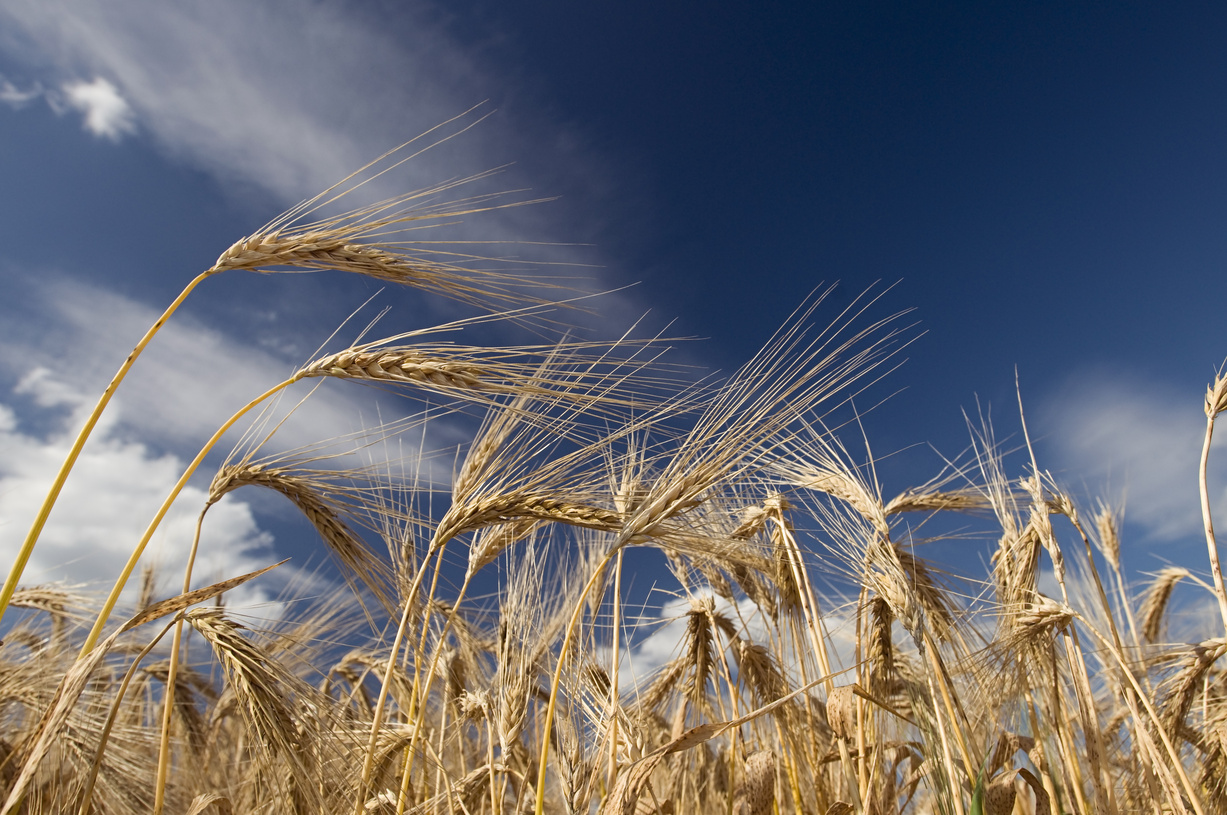
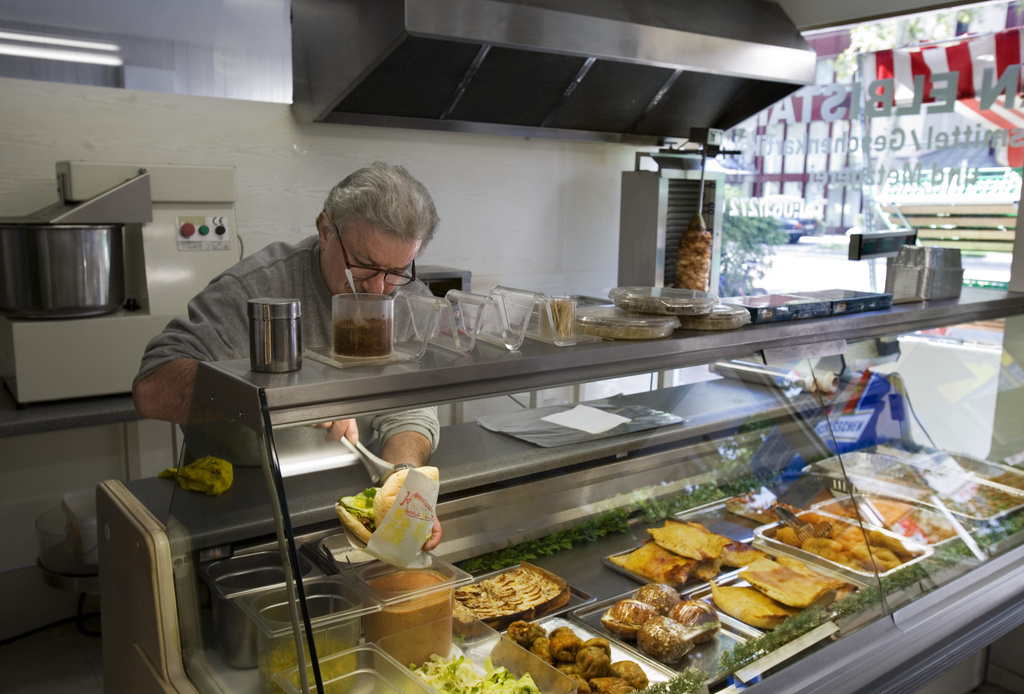
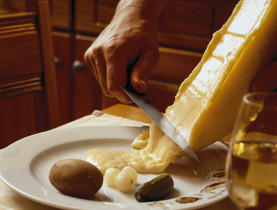
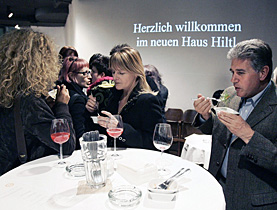
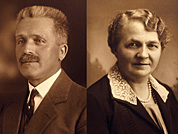
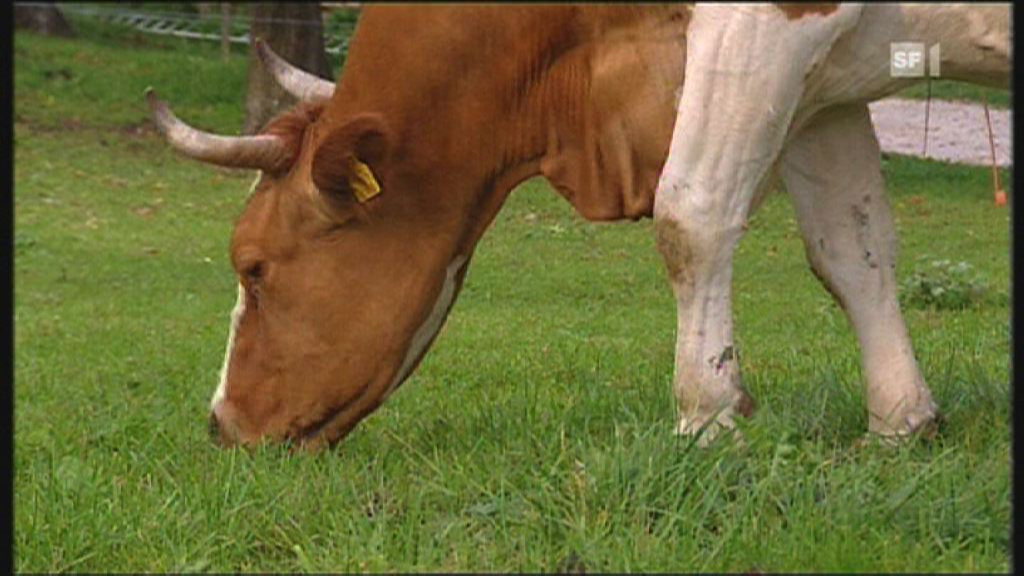
You can find an overview of ongoing debates with our journalists here. Please join us!
If you want to start a conversation about a topic raised in this article or want to report factual errors, email us at english@swissinfo.ch.